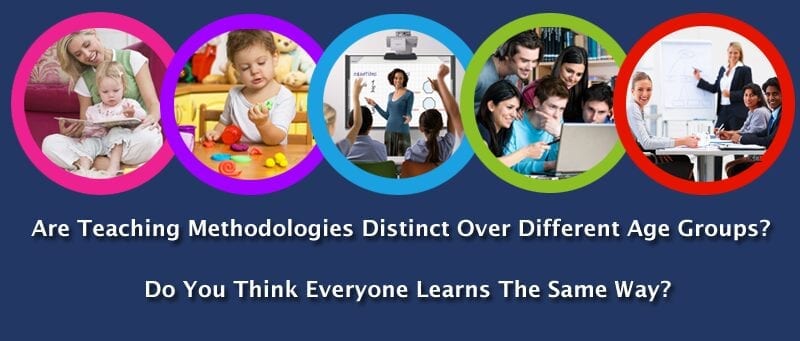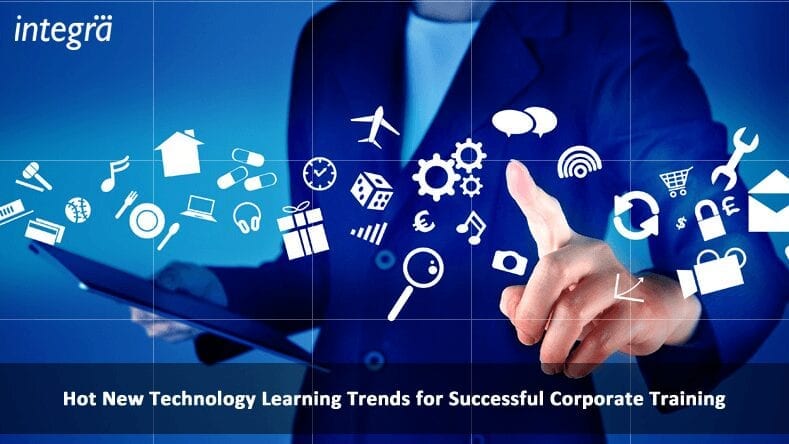When addressing the question of whether or not there are any distinctions between teaching methodologies over different age groups, one of the first things that must be considered is the specific needs and learning styles associated with each age group. There has to be a certain level of specificity involved in any teaching modality that is to be proven efficacious. For instance, children between the ages of 0 to 5 years, offer a unique set of challenges to learning due to certain issues, such as the inability to express feelings and a short attention span. These challenges can usually be effectively engaged by using shorter teaching sequences and games that stimulate the imagination.
While ages 6 to 8 can be considered as transitional years, in which visual aids are still immensely prevalent as part of the learning experience, ages 9 to 12 are characterized by an intensified curiosity and an increased capacity to use deductive reasoning. This age group responds well to the “watch and do learning style,” which is a modelling concept. What is important to understand is that there seems to be a difference in methodologies among gender as well as age. It seems that men do much better in visual non-verbal instruction than women, with 48.1 percent of men having a visual non-verbal learning style in comparison only 36.2 percent of women, which may explain why men are able to look at assembly graphics and assemble products without actually reading the instructions. Females, on the other hand, tend to do equally well with visual/verbal teaching and visual non-verbal concepts, with 35 percent of women having some form of visual/verbal learning style.
As children move up in age, especially during their teenage years, they become more adaptable and experienced in the learning process. Additionally, they also develop an increased capacity for critical thinking. During these years, the teacher is open to a number of different models that focus on concepts in which a significant amount of gravity is placed on emphasizing the child’s strengths instead of their mistakes, which will go a long way in improving confidence and self-esteem.
The teen years are also the ideal time to use an approach that requires team work. The whole-part-whole approach has proven to be highly efficacious for children in this age group.
When it comes to adults, there are still learning challenges; however, the challenges that most adults face have little to do with the development of the capacity to learn, and it is more centred on the lack of time and distractions. Adults have the full capacity to learn, including deductive reasoning, critical thought, imagination and the mastery of learning concepts, so the key is to place them in a better learning environment that is self-paced, relevant and welcoming.
Do you think everyone learns the same way?
According to experts, a significant number of students don’t necessarily exhibit once distinct learning style, many will have a hybrid learning style that encompasses a number of different learning styles, which means that the student will have the capacity to respond to different teaching methodologies. What has proven the most effective over the last decade is programs that are tailored to the individual learning style of the student, which stands to reason when teaching styles are the most effective when properly matched to learning styles.



